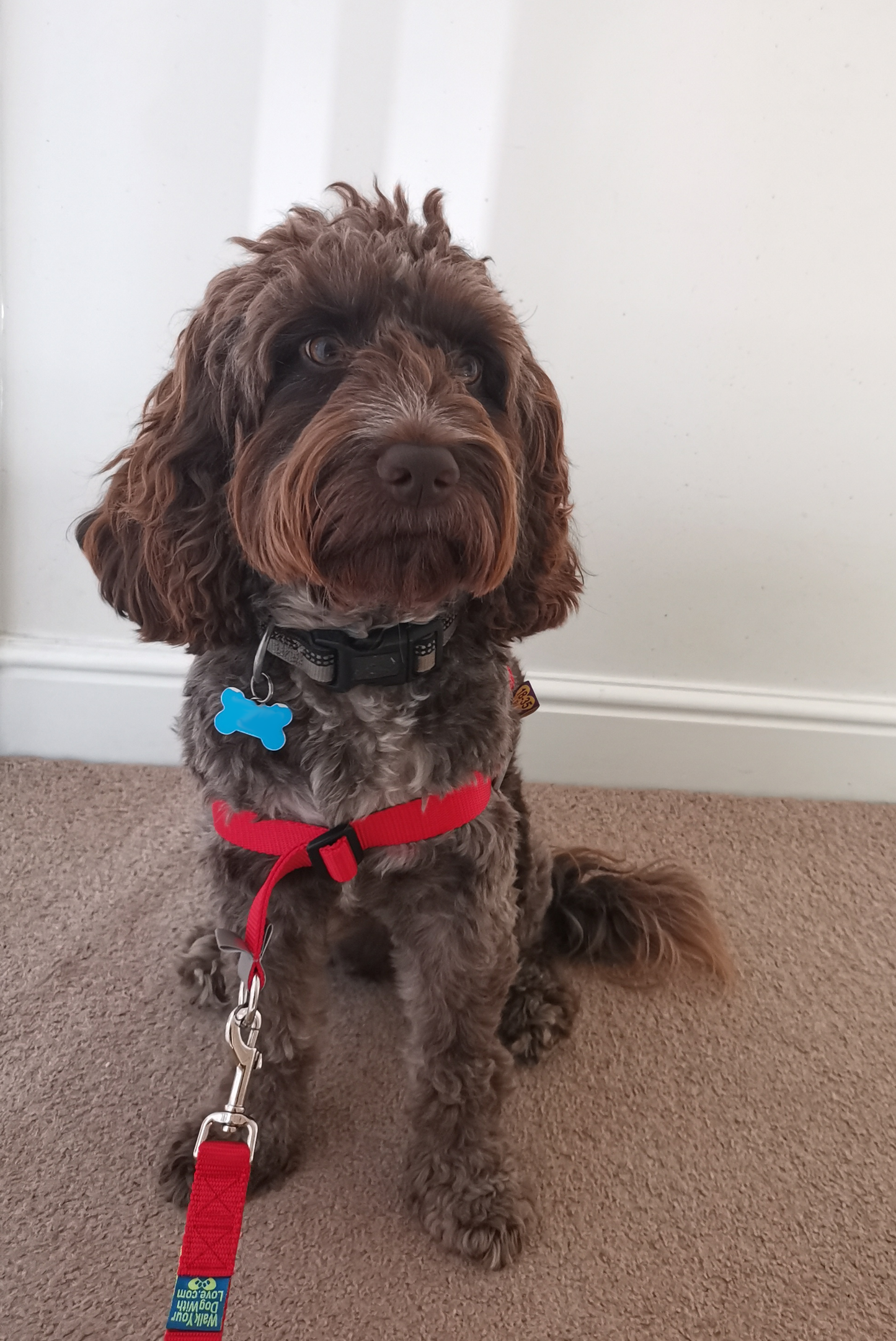Training your dog is an essential part of responsible pet ownership. It not only helps ensure your dog is well-behaved but also strengthens the bond between you and your furry friend. Here are some effective training techniques that can help you achieve a happy and obedient dog.
1. Positive Reinforcement
Positive reinforcement is a powerful training method that involves rewarding your dog for desired behaviors. This can be in the form of treats, praise, or playtime. By consistently rewarding good behavior, your dog will learn to associate those actions with positive outcomes, making them more likely to repeat them.
Tips for Positive Reinforcement:
- Use high-value treats that your dog loves.
- Reward immediately after the desired behavior to reinforce the connection.
- Be consistent with your rewards and avoid rewarding bad behavior.
2. Clicker Training
Clicker training is a form of positive reinforcement that uses a clicker to mark the exact moment your dog performs the desired behavior. The sound of the clicker is followed by a reward, helping your dog quickly understand what is being asked of them.
Tips for Clicker Training:
- Start by "charging" the clicker: click and immediately give a treat, repeating until your dog associates the click with a reward.
- Use the clicker to mark desired behaviors, then reward promptly.
- Keep training sessions short and focused to maintain your dog’s interest.
3. Consistency is Key
Consistency is crucial in dog training. Use the same commands, rewards, and rules every time. Inconsistent signals can confuse your dog and slow down the training process.
Tips for Consistency:
- Ensure all family members use the same commands and training techniques.
- Stick to a regular training schedule to reinforce learning.
- Be patient and persistent, as it may take time for your dog to fully understand and follow commands.
4. Socialization
Socialization is an important aspect of training that helps your dog become comfortable in various environments and around different people and animals. Proper socialization can prevent fear and aggression and promote positive behavior.
Tips for Socialization:
- Introduce your dog to a variety of environments, such as parks, streets, and pet-friendly stores.
- Arrange playdates with other dogs and encourage positive interactions.
- Expose your dog to different people, including children and seniors, in a controlled and positive manner.
5. Basic Commands
Teaching your dog basic commands such as sit, stay, come, and down is fundamental to good behavior. These commands are the building blocks for more advanced training and help ensure your dog is manageable in various situations.
Tips for Teaching Basic Commands:
- Use clear, simple commands and a consistent tone of voice.
- Reward your dog immediately after they perform the command correctly.
- Practice regularly in different environments to reinforce learning.
6. Patience and Positive Attitude
Training can be challenging, and it’s important to remain patient and maintain a positive attitude. Dogs can sense frustration, which can hinder their learning process. Celebrate small victories and understand that setbacks are a normal part of training.
Tips for Maintaining Patience:
- Break training into short, focused sessions to keep your dog engaged.
- End training sessions on a positive note, even if it means going back to a simpler command your dog can easily perform.
- Take breaks if you or your dog becomes frustrated and return to training later with a fresh mindset.
7. Addressing Unwanted Behaviors
Addressing unwanted behaviors promptly and effectively is essential to prevent them from becoming habits. Use redirection and positive reinforcement to guide your dog toward acceptable behavior.
Tips for Addressing Unwanted Behaviors:
- Avoid using punishment, as it can create fear and anxiety.
- Redirect your dog’s attention to a positive activity or command.
- Reward your dog when they display appropriate behavior to reinforce the desired actions.
Conclusion
Training your dog is a rewarding process that requires patience, consistency, and a positive approach. By using techniques such as positive reinforcement, clicker training, and socialization, you can help your dog learn good behavior and become a happy, well-adjusted member of your family. Remember, effective training strengthens the bond between you and your dog, leading to a more fulfilling and enjoyable relationship. Start your training journey today and watch your furry friend thrive!










